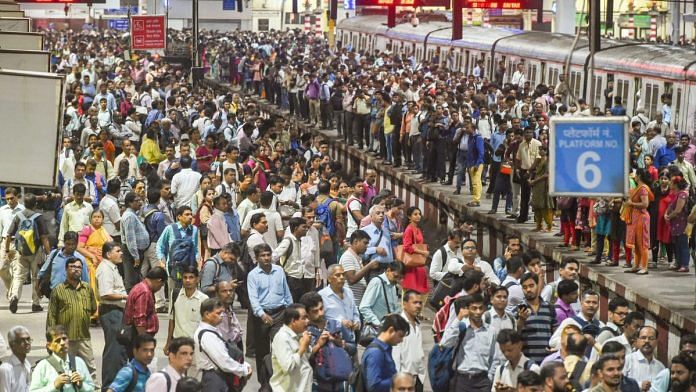Bengaluru: Heart disease is the leading cause of death in the world, but South Asians seem extra prone to it, even contracting it younger than their counterparts from other ethnicities.
Could it be the masala-rich diet? Or an inactive lifestyle?
The question consumed South-Asian-American researchers enough to launch a study on South Asians based in the US to understand exactly why they are more vulnerable to problems of the heart, why they develop coronary disease earlier, and why they face higher odds of dying from heart disease than any other ethnic group, including Caucasians and even fellow Asians like the Chinese.
Named the Mediators of Atherosclerosis in South Asians Living in America (or, simply, MASALA), the study seeks to understand the high prevalence of heart attacks and strokes among people from South Asia, which comprises India, Pakistan, Bangladesh, Nepal, Sri Lanka, Afghanistan, Bhutan and the Maldives.
The objective of the MASALA study is to identify the factors responsible, since the high rates for South Asians are not adequately explained by known risk factors such as diabetes, high blood pressure, or smoking.
Killer disease
Heart disease has been the leading cause of death worldwide, in developed and developing nations alike, for nearly two decades, with strokes coming up second.
In 2016, there were 56.9 million recorded deaths, of which over 9 million were attributed to heart disease while 6 million died of strokes.
Running a search for “heart disease among South Asians” throws up numerous results about how studies have established that the community is at higher risk for heart disease
However, few studies have delved into the long-term cardiovascular health of the community, with the existing ones only considering traditional risk factors like diabetes, high blood pressure, or smoking.
The MASALA research focuses on discovering risk factors and evaluating the early stages to discover how heart disease develops, thus enabling the search for methods to prevent it.
The research is a collaboration between the University of California, San Francisco, and Northwestern University in Chicago. The study, which started in 2013, has a sample of over 900 South Asian men and women from San Francisco and Chicago areas, all of them aged between 40 and 79 years.
Also read: Being a mom could mean choosing between heart diseases and cancer
Notable findings
According to the insights gleaned so far from the MASALA project, weight, which has a role to play in increased diabetes risk and a known risk factor for heart disease, has no link with either.
The researchers discovered that both thin and obese South Asians, and, in fact, people of all body shapes, were at increased risk of diabetes. To lower the risk, of course, exercise is key, the researchers said, adding that five days of brisk walking could reduce the chances of diabetes tremendously.
Last year, one of the MASALA studies found that among South Asians, vegetarians tended to have a lower risk for heart disease, with the researchers pointing specifically to the increased consumption of beans and legumes, which are packed with fibre, folate, magnesium, and have a low glycemic index.
Another found that South Asians who watched TV a lot were more likely to be overweight or obese, while a third study found that a person’s social circle tends to influence their own weight due to varying body size norms.
An older study found that among South Asians, experiences of discrimination led to an increase in the consumption of sweet food, especially festival-related sweetmeats such as gulab jamun.
Yet another one found that after South Asians moved to the US, they tended to adopt American dietary habits of consuming more animal protein, fried foods, and sugar, with the researchers saying it caused an increased risk of hypertension among members of the community.
Also read: There’s a 50% rise in heart diseases in India. Blame salt, sugar and air pollution






